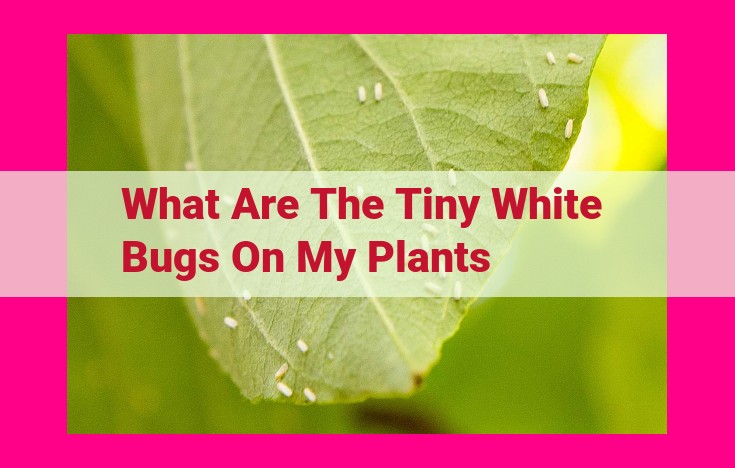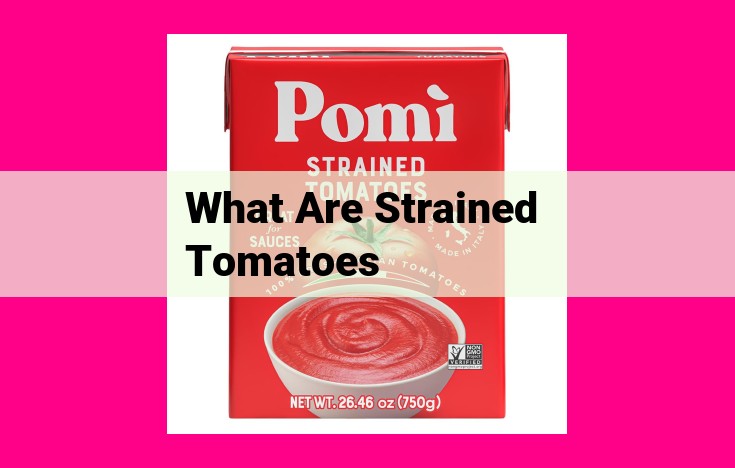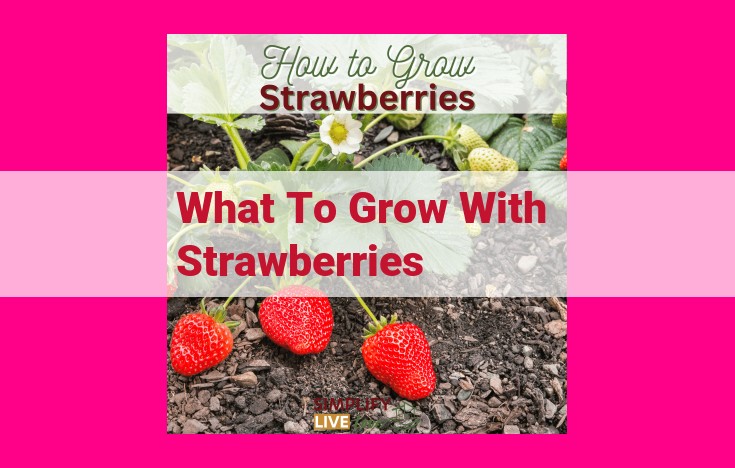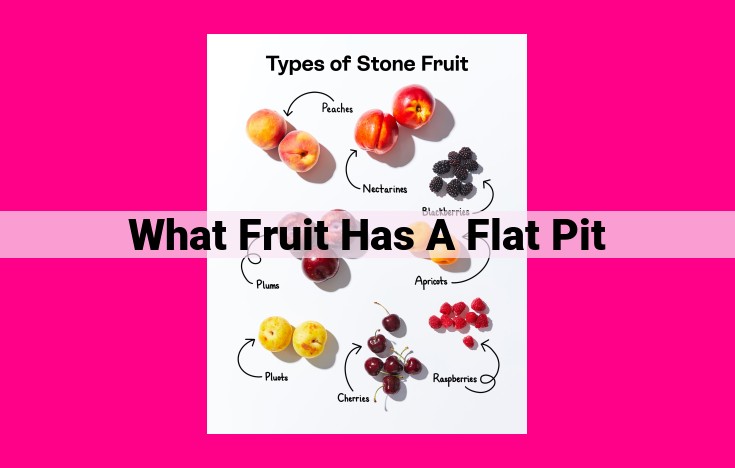Petunia Leaf Holes: Identifying And Controlling Common Garden Pests
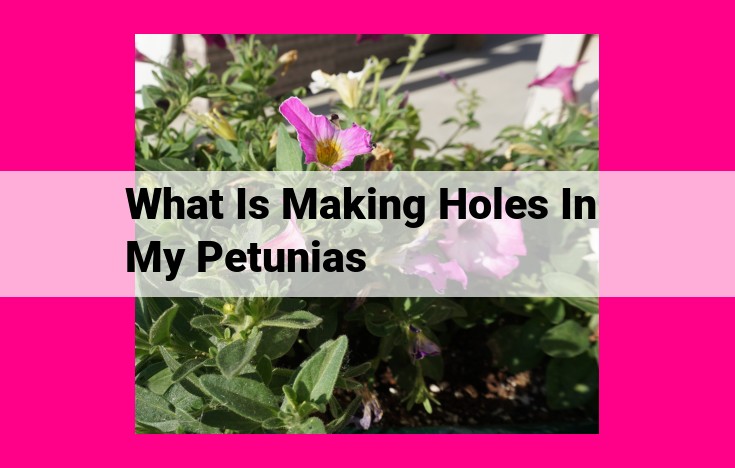
Holes in petunias can be caused by several common garden pests. Leaf miners, caterpillars, and snails all feed on petunia leaves, creating holes of varying sizes and shapes. Leaf miners create tunnels within the leaves, while caterpillars leave behind ragged edges and droppings. Snails leave slime trails and chew irregular holes into leaves. Identifying the specific pest is crucial for effective pest control.
Common Garden Pests: Know Your Enemy
Every gardener’s nightmare, pests can wreak havoc on our beloved plants. From sneaky leaf miners tunneling through leaves to ravenous caterpillars munching on foliage, these tiny creatures pose a formidable threat to our verdant oases.
Types of Garden Pests
- Caterpillars: These larvae of moths and butterflies come in a variety of colors and sizes. They devour plant matter, leaving behind telltale holes and ragged edges.
- Leaf miners: These sneaky pests tunnel beneath leaf surfaces, creating unsightly blisters and discolored patches.
- Slugs and snails: These slimy mollusks slide through gardens at night, leaving behind trails of slime and damage to tender shoots and leaves.
Identifying and Targeting Pests
Each type of pest has distinct identifying characteristics. Caterpillars exhibit segmented bodies and hair or spines. Leaf miners leave behind winding tunnels in foliage. Slugs and snails are soft-bodied with a slimy appearance.
Understanding their preferred host plants is crucial for effective pest control. Caterpillars have a wide range of targets, including cabbage, tomatoes, and beans. Leaf miners prefer spinach, lettuce, and broccoli. Slugs and snails love strawberries, hostas, and tender young leaves.
Preventing and Controlling Garden Pests: A Holistic Approach
Protecting your precious garden from the onslaught of pests is crucial for a thriving harvest. Prevention is key, and there are several effective methods you can employ to minimize the risk of infestations.
-
Companion Planting: Interplanting different plant species that have mutually beneficial effects is a natural pest deterrent. For instance, planting garlic near roses helps repel aphids, while marigolds keep away nematodes.
-
Crop Rotation: Rotating your crops each season prevents pests from adapting to specific plant species. This confuses their life cycles and reduces their populations.
-
Physical Barriers: Utilizing row covers, fences, and netting can physically block pests from reaching your plants.
Once pests do invade, there are both organic and chemical control options available.
Organic Control:
-
Insecticidal Soaps: These soaps kill pests by disrupting their cell membranes, but are safe for use around pets and children.
-
Neem Oil: This natural pesticide has insecticidal and repellent properties, making it effective against a wide range of pests.
-
Beneficial Insects: Ladybugs, lacewings, and parasitic wasps are natural predators that can help control pest populations.
Chemical Control:
-
Insecticides: These chemicals are specifically designed to kill pests, but can be harmful to beneficial insects and the environment.
-
Traps: Sticky traps and pheromone traps lure and capture pests, preventing them from damaging plants.
By implementing these prevention and control measures, you can safeguard your garden from pests and ensure a bountiful harvest. Remember to prioritize organic methods whenever possible, and always follow the instructions carefully when using chemical controls.
**Common Garden Diseases: Spotting the Signs and Taking Action**
Your verdant oasis, your garden, can sometimes face unseen adversaries – plant diseases. These can wreak havoc on your prized plants, leaving you feeling discouraged. But fear not! Understanding the different types of diseases and their telltale signs can empower you to take proactive measures to protect your greenery.
Let’s delve into some of the most common garden diseases and learn how to recognize them:
Botrytis: This fungal disease, also known as gray mold, thrives in moist conditions. Look for soft, brown or gray spots on leaves, stems, or flowers, often accompanied by a fuzzy growth. It commonly affects fruits and vegetables like tomatoes, strawberries, and grapes.
Powdery Mildew: This fungal disease manifests as a white or gray powdery substance on leaves and stems. It appears when there’s poor air circulation or excessive humidity. Roses, cucurbits, and certain herbs are particularly susceptible.
Bacterial Blight: This bacterial disease causes wilting, yellowing, and spotting on leaves. Severe infections can lead to premature leaf drop and stunted plant growth. Plants like beans, tomatoes, and peppers are especially vulnerable to this disease.
Environmental factors play a significant role in disease development. High humidity, poor drainage, and warm temperatures favor fungal diseases. Overcrowding and inadequate sunlight can also increase the risk of infection.
Knowing the plants that are most susceptible to specific diseases is crucial for prevention. For instance, roses are prone to black spot, while tomatoes are susceptible to blight. By choosing disease-resistant varieties and providing optimal growing conditions, you can reduce the likelihood of these diseases taking hold.
Preventing and Controlling Garden Diseases
Cultural Practices for Prevention
To actively prevent garden diseases, several cultural practices can be implemented. Proper watering is crucial, as overwatering can create favorable conditions for fungal diseases. Ventilation is also essential, especially in greenhouses, to reduce humidity and prevent the spread of spores. Sanitation is key: remove infected plant material and avoid composting diseased plants to prevent the spread of pathogens.
Organic and Chemical Control Options
When prevention measures are not enough, various organic and chemical control options are available. Organic fungicides include sulfur, copper, and neem oil, acting as natural antifungal agents. Antibiotics, such as streptomycin and oxytetracycline, can be used to control bacterial diseases. Choosing disease-resistant varieties is a valuable strategy, as these plants have genetic resistance to specific pathogens.
Additional Tips for Disease Prevention
- Crop rotation helps break disease cycles by planting different types of plants in the same area over time.
- Companion planting involves planting specific plants together that have beneficial effects on each other, reducing disease susceptibility.
- Mulching around plants can help suppress weeds and reduce moisture fluctuations, creating a less favorable environment for diseases.
By implementing these preventive measures and control options, you can effectively protect your garden from a range of diseases, ensuring a thriving and flourishing ecosystem.
Mitigating Non-Living Threats: Guarding Your Garden from Abiotic Factors
While pests and diseases pose significant challenges to gardeners, a lesser-known category of threats lies in non-living factors that can wreak havoc on your precious plants. Wind, hail, and herbicide burn may not be biological entities, but their impact on your garden can be equally devastating.
Wind: A Forceful Foe
Unleashing its fury, wind can batter plants, shredding leaves and causing stems to snap. It disrupts photosynthesis, weakens plants, and can even cause root damage in severe cases. To minimize wind’s wrath, consider erecting windbreaks such as hedges or trellises. These barriers can deflect wind’s force, protecting your plants and mitigating potential damage.
Hail: Nature’s Icy Onslaught
Hail, those frozen pellets of precipitation, can inflict significant damage on your garden. Their impact can bruise and rupture leaves, damaging plant tissues and reducing photosynthetic capacity. Tender seedlings and delicate flowers are particularly vulnerable. To safeguard your plants from hail’s icy assault, consider covering them with blankets or tarps when a storm is imminent. While not foolproof, this measure can provide some protection against the hail’s fury.
Herbicide Burn: Unintentional Damage
Herbicides are invaluable tools for weed control, but mishandling or drift can lead to herbicide burn on non-target plants. These chemicals can damage leaves, causing browning, scorching, or distortion. To avoid herbicide burn, follow label instructions carefully and be mindful of wind direction when applying herbicides to prevent spray drift.
By addressing these non-living threats and implementing preventive measures, you can bolster your garden’s resilience and protect your plants from the elements and unintentional harm. Remember, a healthy garden is a well-guarded garden, thriving in the face of adversity.
